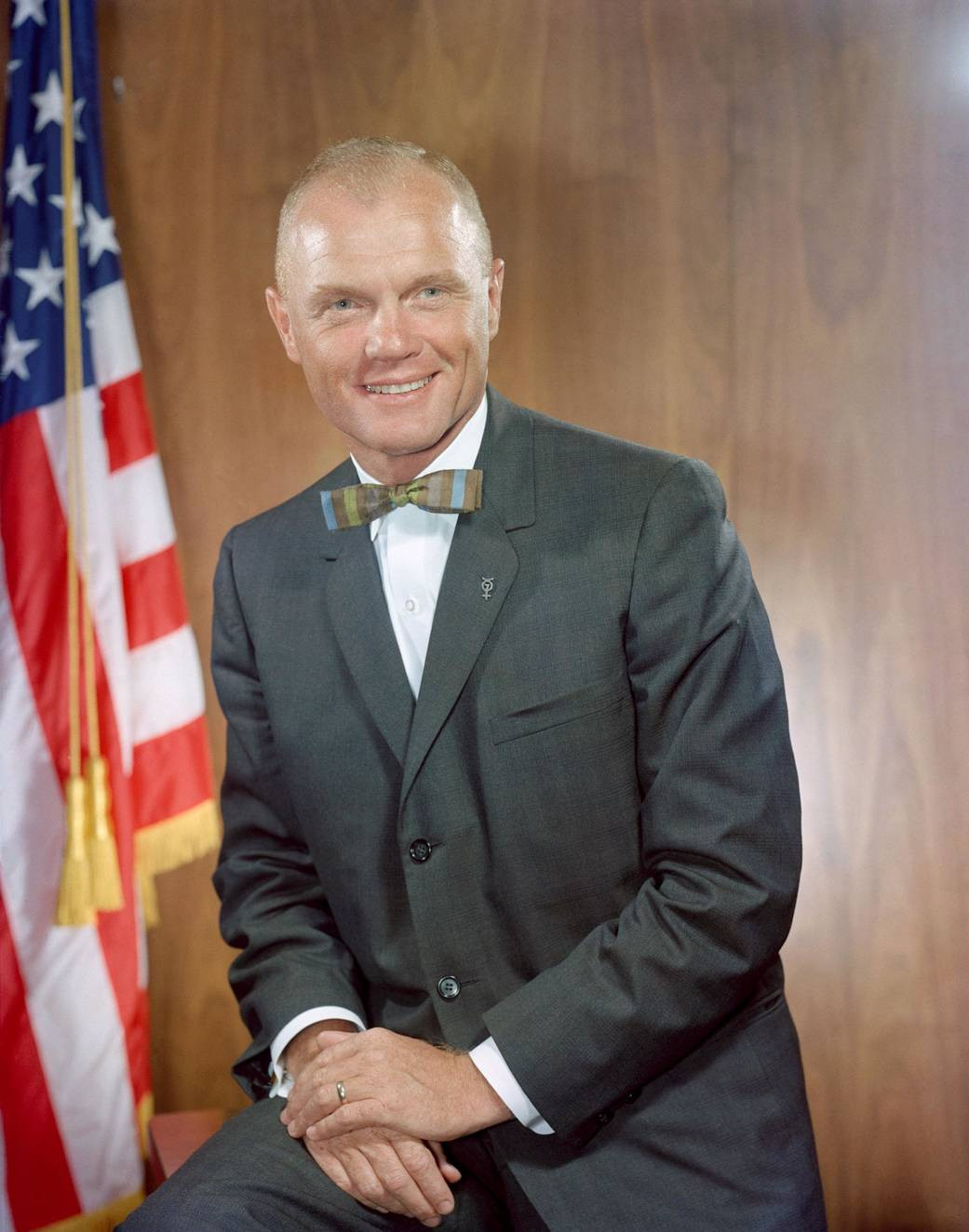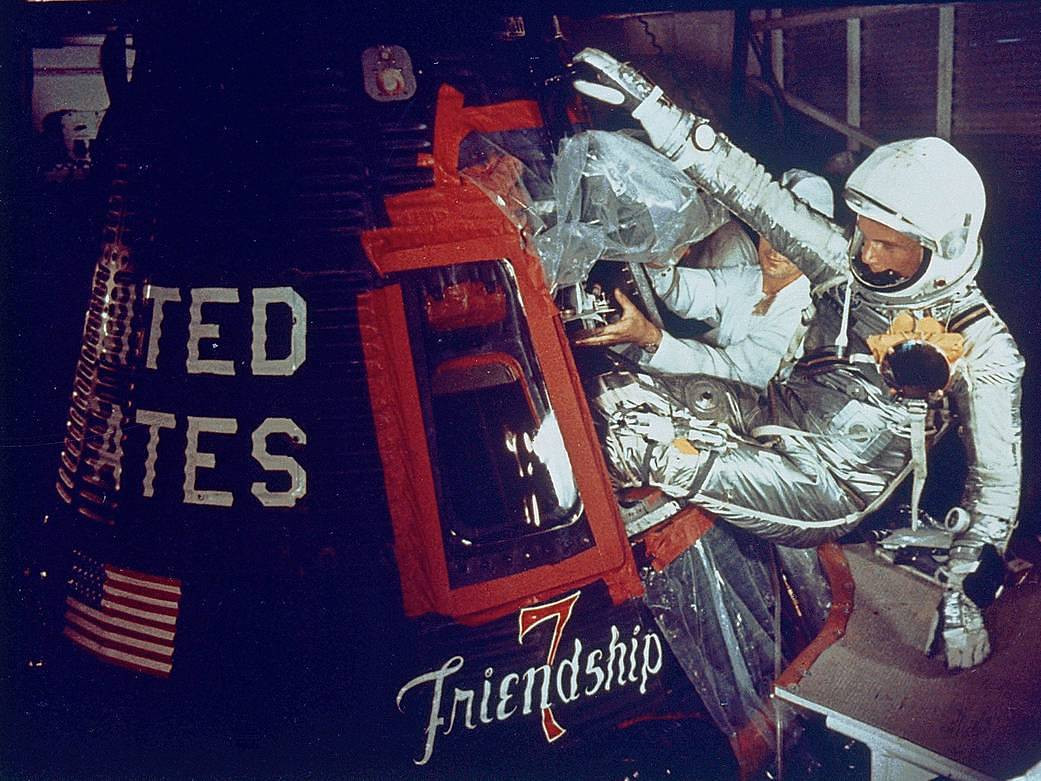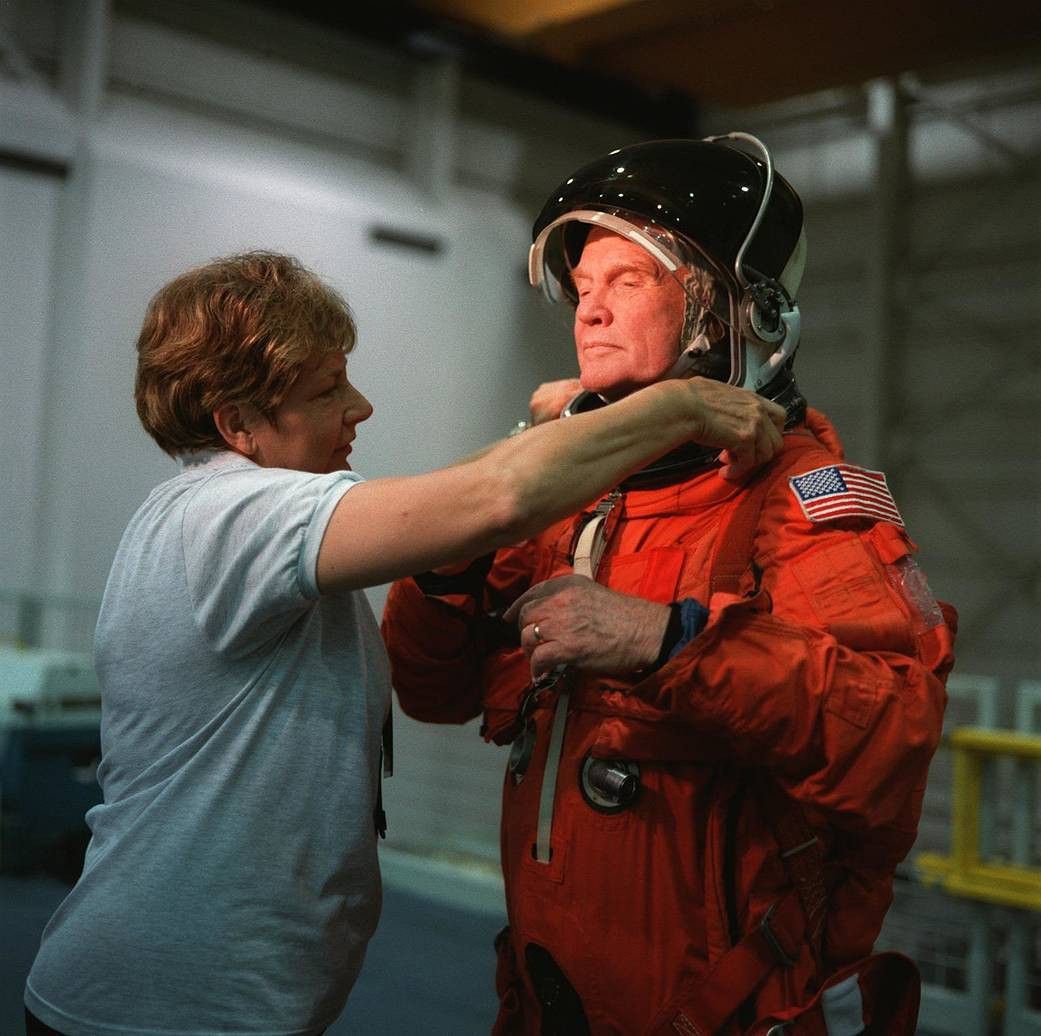John Glenn, a name synonymous with American courage and exploration, passed away on Thursday, December 8, 2016, at the Ohio State University Wexner Medical Center in Columbus. His legacy as a pioneering astronaut and dedicated public servant remains an inspiration to people worldwide.
Glenn’s life was one of remarkable achievements, spanning from his early days as a decorated Marine Corps pilot to his groundbreaking orbit of Earth and subsequent impactful career as a United States Senator for Ohio. He embodied the spirit of American innovation and determination, consistently pushing boundaries and serving his nation with unwavering commitment.
Born John Herschel Glenn Jr. on July 18, 1921, in Cambridge, Ohio, his roots were firmly planted in the American heartland. He grew up in New Concord, Ohio, and earned a Bachelor of Science degree in engineering from Muskingum College. His pursuit of knowledge and service led him to the Naval Aviation Cadet Program in March 1942, marking the beginning of his distinguished military career.
During World War II and the Korean War, John Glenn distinguished himself as a fearless fighter pilot. He flew 59 combat missions in the Marshall Islands during WWII and an impressive 90 missions in Korea, where he shot down three MiG fighters in the final days of the conflict. His bravery and skill earned him the Distinguished Flying Cross on six occasions and the Air Medal with 18 Clusters, among numerous other accolades. Before his pivotal role in space exploration, Glenn’s prowess in aviation was already well-established, setting a transcontinental speed record in 1957 while project officer for the F-8U Crusader.
 John Glenn relaxes after the flight of Friendship 7.
John Glenn relaxes after the flight of Friendship 7.
John Glenn, the pioneering Mercury astronaut, is seen relaxing aboard the USS Noa. This image captures the relief and triumph after his historic Friendship 7 mission, marking him as the first American to orbit the Earth.
In 1959, John Glenn’s career took a monumental turn when he was selected as one of NASA’s original seven Mercury astronauts. This elite group was at the forefront of America’s nascent space program, competing with the Soviet Union in the space race. On February 20, 1962, John Glenn etched his name into history by becoming the first American to orbit the Earth. Piloting the Friendship 7 capsule, his mission lasted nearly five hours, demonstrating America’s capability in manned spaceflight and instantly transforming Glenn into a national hero. His iconic flight was a pivotal moment, proving that the United States was a serious contender in space exploration.
 official portrait of John Glenn
official portrait of John Glenn
This official NASA portrait showcases John Glenn in his Mercury astronaut days. It represents his role as a pioneer of space travel and the embodiment of American courage and technological prowess during the space race.
After resigning from NASA in 1964 and retiring from the Marine Corps in 1965, John Glenn embarked on a successful political career. He represented Ohio as a U.S. Senator for four terms, beginning in 1974. His deep understanding of science and technology made him a respected voice on complex issues. During his time in the Senate, Glenn focused on national security, government efficiency, and preventing the proliferation of weapons of mass destruction. He also championed environmental protection and worked diligently to address issues related to aging.
Remarkably, at the age of 77, John Glenn returned to space aboard the space shuttle Discovery in 1998. This STS-95 mission made him the oldest person to ever fly in space. His participation in experiments studying the effects of spaceflight on the aging process was particularly significant, linking his pioneering space exploration to his public service focus on the well-being of the aging population.
 Astronaut John Glenn enters the Mercury spacecraft, Friendship 7, prior to the launch of Mercury-Atlas 6 (MA-6) on Feb. 20, 1962.
Astronaut John Glenn enters the Mercury spacecraft, Friendship 7, prior to the launch of Mercury-Atlas 6 (MA-6) on Feb. 20, 1962.
John Glenn is pictured entering the Friendship 7 spacecraft before his historic Mercury-Atlas 6 launch. This powerful image symbolizes the courage and meticulous preparation involved in becoming the first American to orbit the Earth.
John Glenn’s contributions extended beyond space and politics. The John Glenn School of Public Affairs at Ohio State University stands as a testament to his commitment to public service and education. Described by Trevor Brown, dean of the school, as “humble, funny, and generous,” Glenn remained connected to the public, especially children, inspiring future generations with his stories and unwavering dedication.
 John Glenn gets help donning his launch and entry suit during training for his STS-95 space shuttle mission.
John Glenn gets help donning his launch and entry suit during training for his STS-95 space shuttle mission.
U.S. Senator John H. Glenn Jr. is shown receiving assistance with his launch and entry suit during training for the STS-95 space shuttle mission. This photo highlights his determination to return to space at age 77, contributing to research on aging and spaceflight.
John Glenn’s life was a remarkable journey of service and exploration. From his courageous flights as a Marine pilot to his historic orbit around the Earth and his impactful tenure as a U.S. Senator, John Glenn embodied the best of American values. His legacy as an astronaut, senator, and American hero continues to inspire and will forever be remembered.

